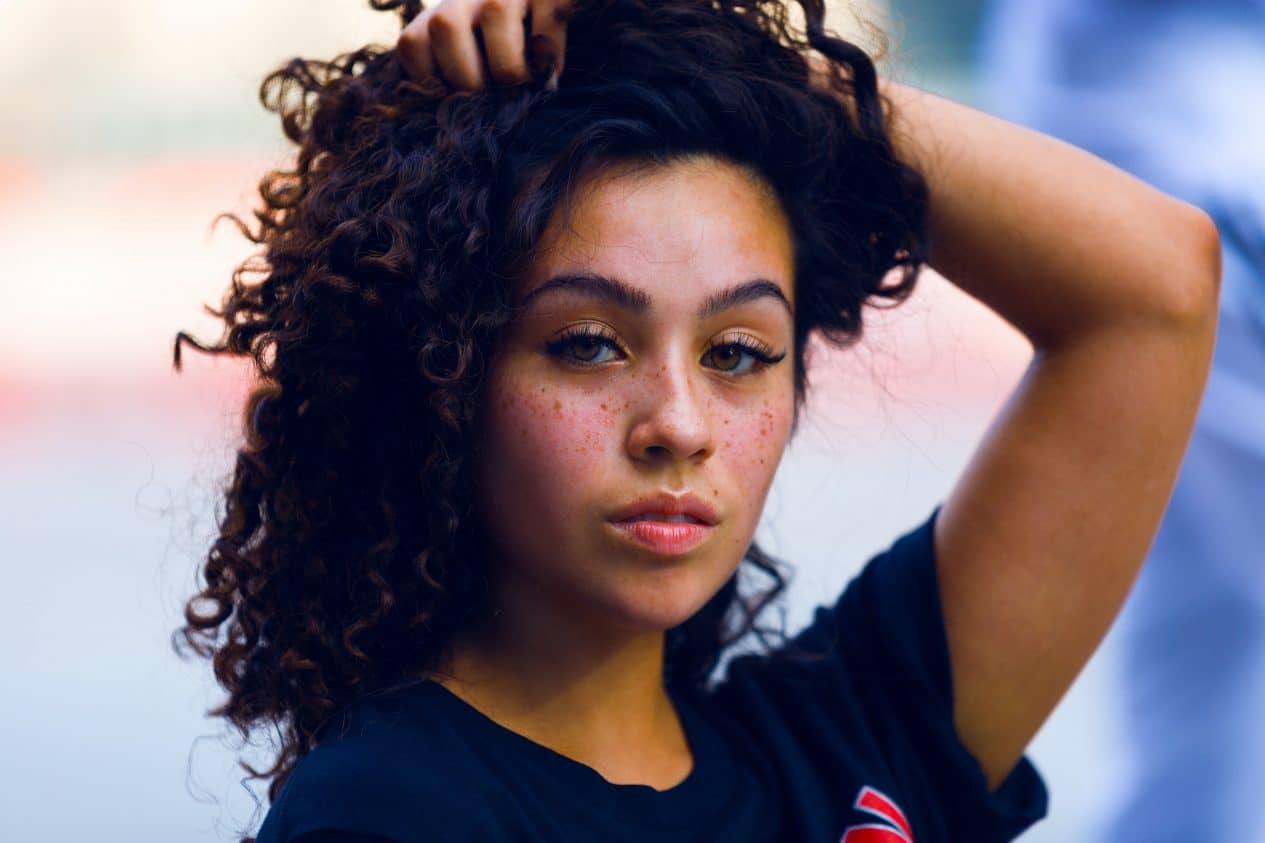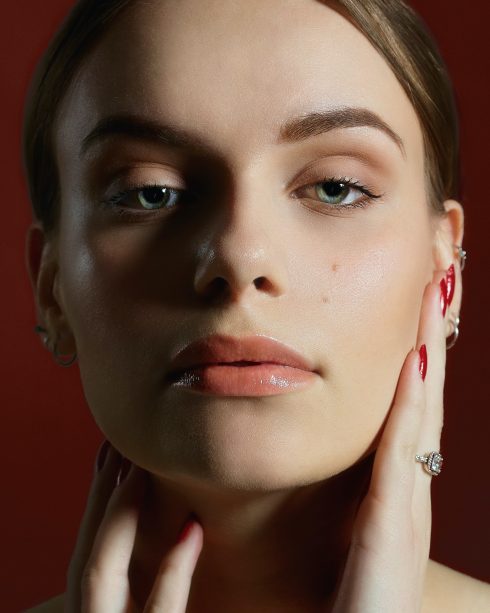Acne Scars: Types, Cause, Healing & How To Get Rid of Them
Although some groups of people have more acne-prone skin than others, the problem of having acne and acne scars may concern people of all ages, sex and race. No matter which group of people you belong to, no one is ever going to have fun dealing with blackheads, whiteheads, pustules, or any other type of acne. Whether you have acne on your face, neck, back, or anywhere else on your body, you might end up with some permanent acne scars.
What Are Acne Scars?
Acne scars appear as a consequence of a common skin condition called acne. Over 80% of people experience acne at some point in their lives, and some of them end up with scars all over the acne area. The unlucky people who experience acne scars can typically see red or dark spots on the places where pimples used to be. The reason why scars appear and stay on the skin permanently is because of too much or too little production of collagen during the healing process of acne.
It is well-known that teenagers are the target group of acne once they hit puberty, but they are not the only ones experiencing it. Genetics does have a big say in it, but acne could happen to anybody and there really is no rule who, when and where might have acne or acne scars.
What Causes Acne Scars?
Even though genetics has an influence on having acne-prone skin, it cannot really determine whether you will have scars afterwards. Once the skin pores get clogged with skin oils, bacteria and sweat, the skin often reacts and forms a pimple. The inflammation from the pimple will stimulate the body to produce more collagen, in order to replace the inflamed part of your skin.
The scarring happens because the skin does not appear exactly the same as it used to be, due to new skin cells replacing the old ones. Acne most commonly appears on the face, neck, shoulders, back or chest area, therefore acne scars can be seen in whichever area you had had acne on.
Types of Acne Scars
As mentioned above, in order to heal acne, the body produces more collagen, which helps regenerate new skin cells. When there is just the right amount of collagen, the acne heals and your skin is in a good condition afterwards. However, too much or too little collagen causes scars, and based on that we can categorize acne scars into two groups:
Atrophic or Depressed Scars
Atrophic scars, also known as depressed scars, form below the surface of the skin, in the skin layer called the dermis. During the process of healing acne, skin tissues might get lost or destroyed, which is caused by the body not producing enough collagen. The body heals itself from acne with the small amount of collagen it produces, therefore it cannot regenerate the skin completely and the scars will not go away. Atrophic or depressed acne scars can be further separated into 3 types:
Icepick Scar
Icepick scars are a result of acne, or other skin conditions, which are wider on the skin surface and more narrow deeper below the skin surface. They form in the dermis and look like pits or pores, making the skin red and uneven. Icepick scars can be seen more on areas where the skin is thinner, such as the forehead or cheeks.
Boxcar
Boxcar scars are wider and more noticeable than icepick scars. They form in the dermis and their width is roughly the same all the way from the dermis to skin surface. The boundaries of the scars are very edgy and you can clearly tell one scar from the other. As a result of inflammation and the destruction of collagen, boxcar scars appear as round depressions in the skin.
Rolling
Rolling scars are also as wide in the dermis as they are on the surface, but unlike boxcar scars, their edges are rounder. The whole surface of the affected skin has bumps and depressions that are very close to each other and you cannot tell one scar apart from the other. The rolling scars form when the body tries to heal itself from acne, but due to the loss of collagen, it ends up pulling the epidermis down deeper and forming rolling scars.
Hypertrophic or Keloid Scars
Hypertrophic scars, also known as keloids, are a type of acne scars that form on the surface of your skin, as a result of the body producing too much collagen in the healing process. If a wound or pimple is big and deep, the body will replace the lost connective tissues with newly produced collagen tissues. Since collagen tissues are way thicker, they form a keloid scar, which could be flat, or even above your skin surface.
How To Treat Acne Scars?
Thanks to dermatologists, cosmetic doctors and plastic surgeons, there are multiple ways of treating both atrophic and hypertrophic scars. Let’s take a further look into some of the most popular treatments for acne scarring, as well as find out which method is the best for which type of scar!
Microneedling
Microneedling, skin needling, or collagen induction therapy are 3 different names for the same procedure. Microneedling works by puncturing the skin with tiny needles on a derma roller and forming new micro-injuries. The body will naturally produce more collagen in order to heal, therefore it will also heal the acne scars or other scars you previously had. Microneedling is a great method for treating atrophic scars, considering the fact that it stimulates collagen production, and it is usually used for facial scars.
The procedure is non-surgical, but it does require some anaesthetics in order to be pain-free. The treatment session lasts about an hour and the results kick in shortly after. You will need a check-up two weeks after the procedure, just so you make sure everything is as it is supposed to be. Other than that, your life will not be affected in any other way, and you can even play sports the following day if you wish.
My Esthetic Beauty Clinic in Dusseldorf offers a medical microneedling treatment starting from 289$, while the cosmetic microneedling starts at 189 €. Make your appointment now!
Laser Treatment
Laser treatment is an effective way of reducing the appearance of acne scars by breaking up the scar tissue on the top layer of the skin. The heat of a laser will make the scar peel off, and encourage regeneration of new skin in order to replace the scar. The procedure costs between 1000-2000$ and is a great solution for hypertrophic scars or keloids. Laser treatment is good for larger surfaces of your body that have scars, such as the back or chest. The results are visible shortly after the treatment, but you will probably experience redness on the treated area for 10-14 days after.
Dermal Fillers
Dermal fillers have a substance that stimulates the production of collagen, most commonly hyaluronic acid. By injecting dermal fillers into the skin, acne scars can be less visible and the whole condition of the skin will improve. Since they stimulate collagen production, they are recommended for atrophic scars. They are affordable and provide great results, but they usually last 3-4 months and then the filler dissolves. The procedure does not require anaesthetics and is considered painless, short and effective.
Chemical Peels
Chemical peels are a scarring treatment that involves applying chemical agents on the skin, causing the destruction of the dermis and epidermis. Afterwards, the skin regenerates itself due to purposely caused and controlled damage of it. Based on the layer of the skin affected, there are superficial, medium and deep peels. For acne scars, the lightest superficial peel is usually the first choice and it helps reduce depressed scars and improve the appearance of the skin.


